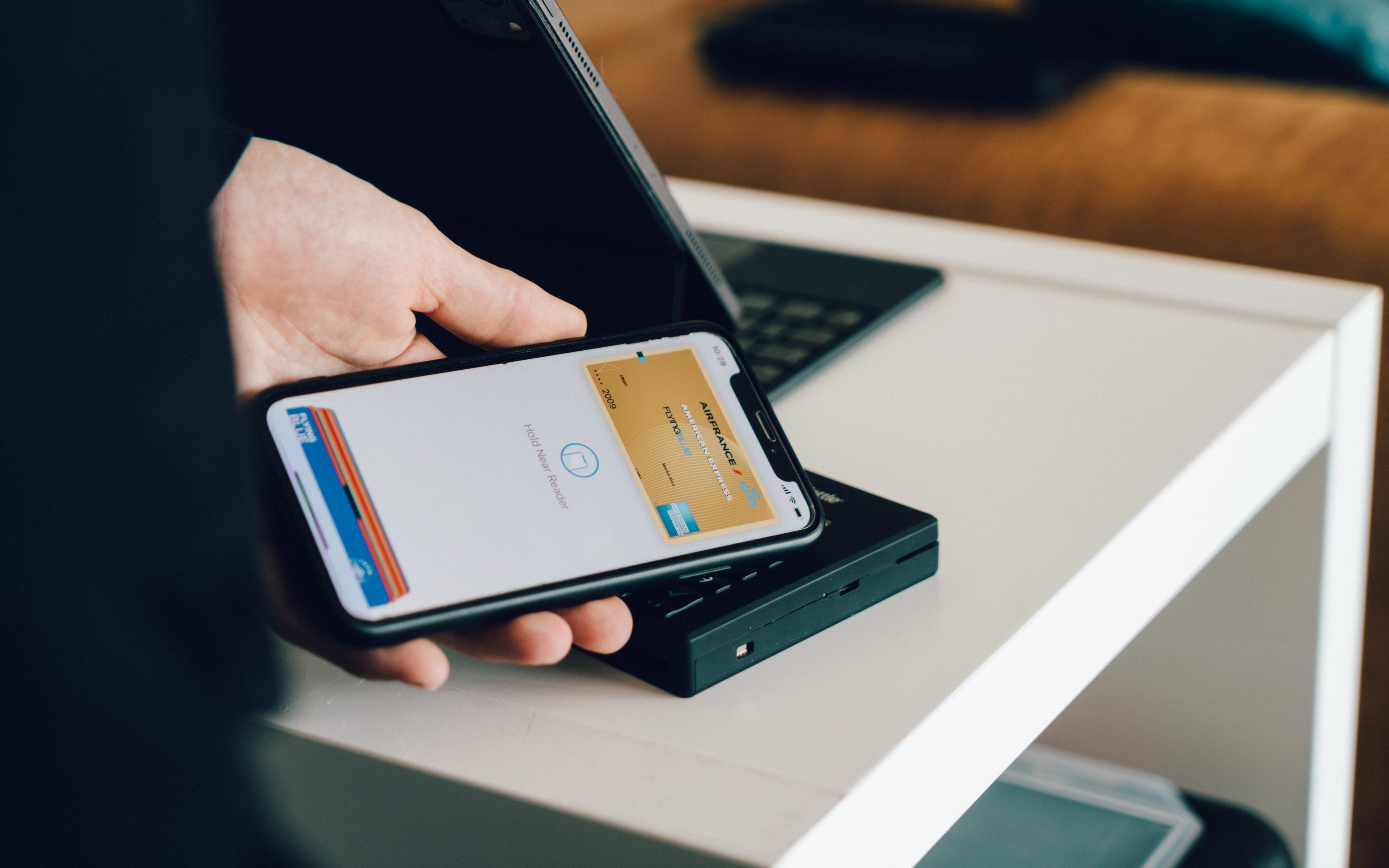Contactless payments have surged since the outbreak of the COVID-19 pandemic. Companies worldwide have struggled to pivot their operations to accommodate the new mandates of social distancing and limiting as much contact as possible between customers and employees.
Some organizations have explored the use of the ever-ubiquitous smartphone to convert it into a powerful payment processing unit. Instead of using a traditional Point Of Sale Terminal (POS), companies are now adopting Mobile Point of Sale (mPOS). This is where the mobile phone acts as the new POS terminal in order to process payments.
And Now…Here Are The Numbers
The Mobile POS Terminal market is anticipated to exceed $70 billion by 2027 according to Global Market Insights, Inc.
With the surge of e-Commerce comes the host of bad actors ready to take advantage of the legions of customers making purchases online, leaving their sensitive financial information vulnerable for attack. This and the growing number of severe payment processing regulations are what is driving the market’s growth.
Financial fraud complaints in the US have seen a boost of over 104% beginning in the first quarter of 2020. In a move to crack down on fraud, the government has given clear directives to both merchants and issuers to begin adopting EMV technology on credit and debit cards.
In turn, this has propelled the need for “EMV-enabled” mPOS terminals in order to have quicker and safer transactions. This type of technology allows merchants to not only to approve credit card payments but also to follow the security standards.
The COVID-19 driven lockdowns gave rise to a surge in online shopping and in turn, mPOS terminals within the e-Commerce sector. As the demand continues to grow for quick, efficient, and scalable checkout solutions, POS software is positioned to grow significantly through 2027.
In Europe, the mPOS terminals market is predicted to grow over 16% in 2021 through 2027. This is due to the growing acceptance of contactless payments such as digital cards and wallets. Barclaycard has reported that nine out of ten card payments in the UK were contactless in 2020. Grocery stores also experienced a 29% usage increase of contactless payments.
New mPOS Solutions To Come
Based on research results from VisaNet Data, close to 38 million Americans tapped a card or a mobile device in order to make a contactless payment in the first half of 2020. This was a 50% jump from last year in 2019. Contactless payments can no longer be seen as a passing trend. With these changes in behavior, it only makes sense that they will also be open to accept mobile payments.
Currently, there are two PCI Mobile Payment Standards that are making their way into the ecosystem:
1. PIN on Mobile: This uses a small PCI PTS certified card reader as well as software installed within the mobile device in order to support PIN entry, thereby authenticating the payment within the mobile device.
2. Tap on Phone: This newer solution supports the processing of contactless payment cards on a mobile device without needing connected PCI-certified payment hardware.
In order to begin taking payment from customers. Using a contactless card or an eWallet, the mobile device owner just needs to download the software and begin taking payments on their tablet or smartphone.
Square is also looking to develop an iPad into a POS terminal that will allow shoppers to tap-to-pay for purchase. Visa also just launched its “tap-to-phone payments” pilot in the US with 50 merchants throughout the Washington, D.C. area.
Closing Thoughts
The movement towards digital payments has been unprecedented since the pandemic outbreak. More consumers demand both safety and efficiency. Contactless payments have been delivering on these needs successfully. Now m-Commerce is beginning to gain traction as well, opening up more opportunities for more solutions.


